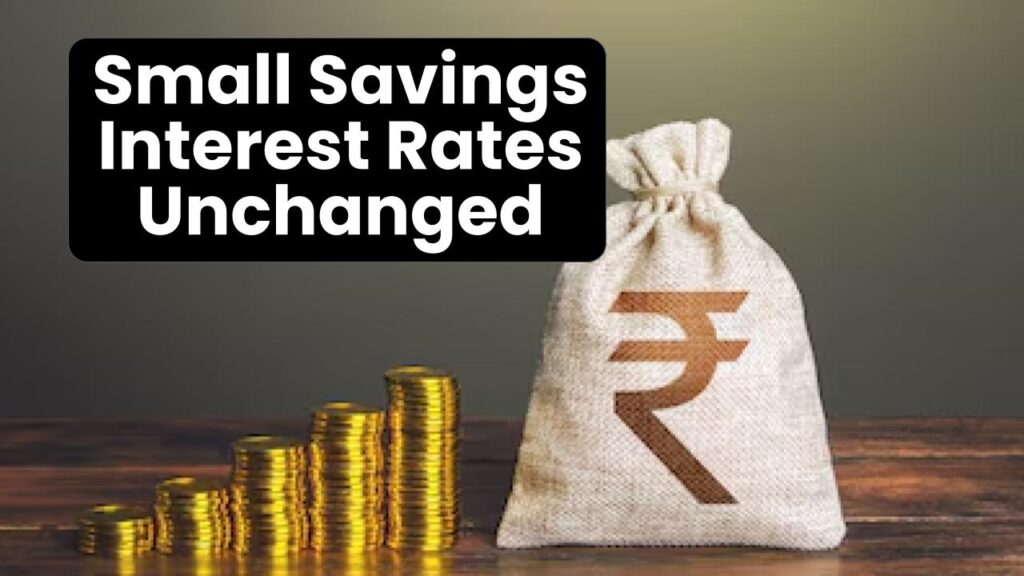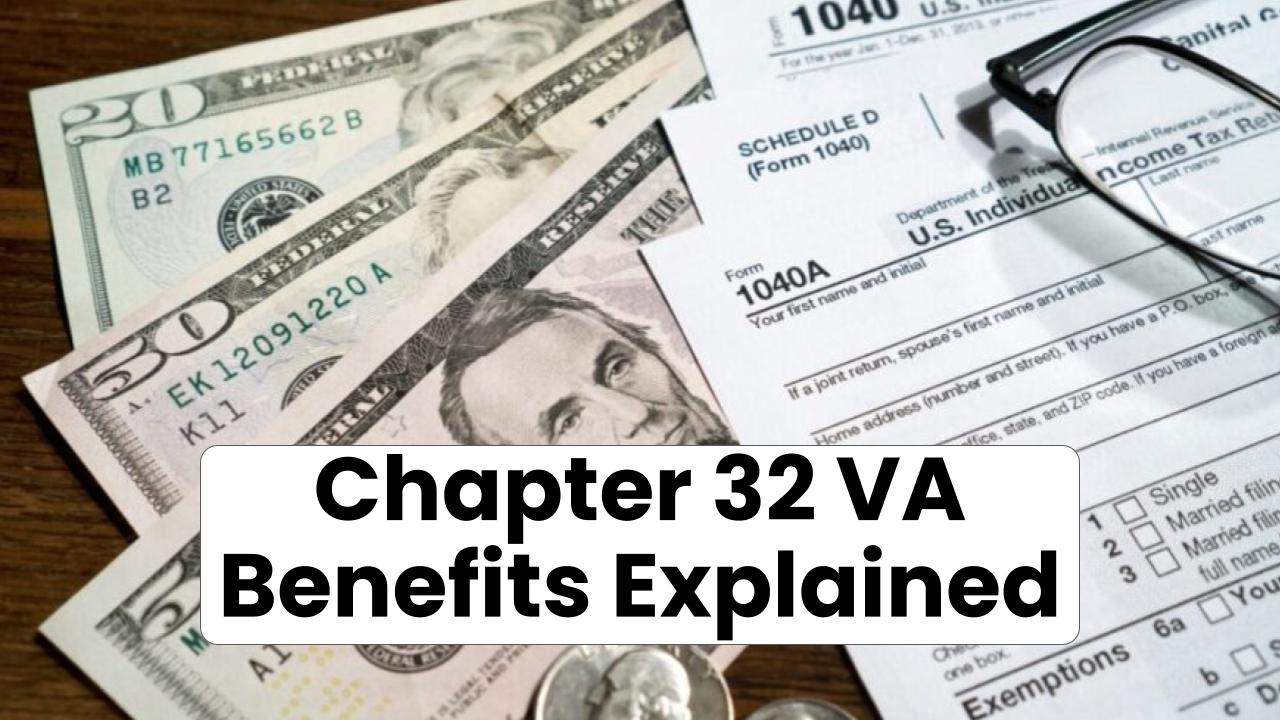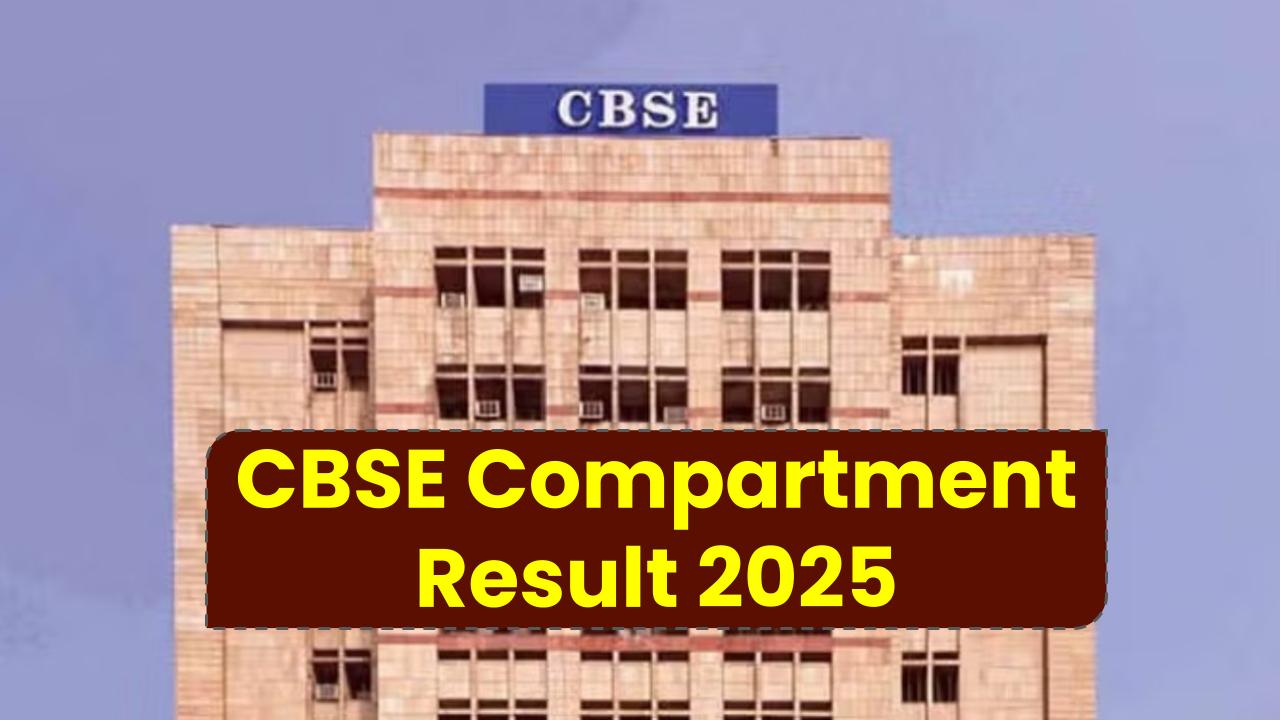The Government of India has officially kept small savings scheme interest rates unchanged for the July to September 2025 quarter, continuing the same rates from the previous quarter. For everyday folks and seasoned investors alike, this steady move may not sound flashy, but it carries big implications—especially if you’re saving for retirement, your kid’s education, or just trying to beat inflation without risking your hard-earned cash.

In a time when the Reserve Bank of India (RBI) is trimming repo rates, these government-backed savings schemes remain a stable bet. That’s a win for folks who love peace of mind with their money. Let’s break it all down so you know exactly what this means for your savings strategy.
Govt Keeps Small Savings Interest Rates Unchanged
| Feature | Details |
|---|---|
| Announcement | Small Savings Interest Rates remain unchanged for Q2 FY 2025-26 |
| Effective Period | July 1, 2025 – September 30, 2025 |
| Top Rates | SSY & SCSS: 8.2%, NSC: 7.7%, PPF: 7.1% |
| Reason for No Change | Support household savings, protect senior citizens’ income |
| Related Govt Authority | Ministry of Finance, Govt of India |
| Comparison | Higher than average 5–6.5% bank FDs |
| Official Notification | Visit Ministry of Finance |
| Investment Audience | Conservative investors, senior citizens, parents, salaried individuals |
| Tax Benefits | PPF, SSY, SCSS eligible under Section 80C of IT Act |
The government’s decision to keep small savings interest rates unchanged for July to September 2025 offers stability in a shifting economic landscape. Whether you’re a parent planning for your kid’s future, a retiree looking for regular income, or a professional building your financial cushion, these schemes provide dependable, tax-efficient avenues.
Understanding Small Savings Schemes
Small Savings Schemes are long-trusted, low-risk government savings programs. They’re like the dependable pickup truck of Indian finance—simple, sturdy, and built to last.
These include popular names like:
- Public Provident Fund (PPF)
- Sukanya Samriddhi Yojana (SSY)
- Senior Citizens’ Savings Scheme (SCSS)
- National Savings Certificate (NSC)
- Post Office Monthly Income Scheme (POMIS)
- Kisan Vikas Patra (KVP)
- Post Office Term Deposits
They’re backed by the Government of India and offer guaranteed returns, making them a go-to for risk-averse savers.
Current Interest Rates for July–September 2025
Here’s what your money will earn from July 1 to September 30, 2025:
| Scheme | Interest Rate | Compounding |
|---|---|---|
| PPF | 7.1% | Annually |
| SSY | 8.2% | Annually |
| SCSS | 8.2% | Quarterly |
| NSC | 7.7% | Compounded Annually (Paid at maturity) |
| KVP | 7.5% | Compounded Annually |
| 5-Year Post Office RD | 6.7% | Quarterly |
| Post Office Savings Account | 4.0% | Annually |
Why Did the Govt Keep Rates Unchanged?
You might be wondering, “Why no change when the RBI is trimming repo rates?” Good question. Here’s the logic:
Protecting Seniors
Schemes like SCSS and POMIS offer steady income for retirees. In uncertain times, slashing these rates would hurt folks who rely on fixed incomes.
Fiscal Strategy
The govt uses these schemes to fund part of its fiscal deficit. Stable rates help them attract deposits without shaking investor confidence.
Economic Stability
RBI repo rate is down by 1% this year. If the government also cut small savings rates, investors might flock to riskier assets. By holding steady, the govt gives savers a secure harbor.
What It Means for YOU
Let’s break it down by scenario so you can decide what fits your goals:
For Parents
Sukanya Samriddhi Yojana remains the highest-paying scheme at 8.2%. If you’ve got a daughter under 10, this is a no-brainer. Tax-free returns, compounding over years, and peace of mind? Yes, please.
For Retirees
SCSS is still at 8.2%, compounded quarterly. You can park up to ₹30 lakh if you’re 60+ and get consistent income without worrying about stock market noise.
For Salaried Pros
PPF and NSC are golden for long-term, tax-saving goals. PPF also gives EEE tax status—Exempt on Investment, Interest, and Maturity. You won’t find that trio anywhere else.
For Regular Income
POMIS (7.4%) and RD (6.7%) are ideal for those who want monthly or periodic payouts—great for rent, EMI buffers, or gig workers.
How Do These Rates Compare to Bank FDs?
| Scheme | Interest Rate | Typical 5-Year FD |
|---|---|---|
| SCSS | 8.2% | ~6.5% |
| SSY | 8.2% | N/A |
| NSC | 7.7% | ~6.75% |
| PPF | 7.1% | ~6.5% |
| KVP | 7.5% | ~6.75% |
Banks like SBI and HDFC currently offer 6.5%–7.1% on 5-year FDs. These govt schemes still hold an edge—and carry zero default risk.
Tax Benefits You Shouldn’t Miss
Here’s how some of these schemes help you save on taxes under Section 80C of the Income Tax Act:
| Scheme | Tax Deduction | Tax on Interest | Tax on Maturity |
|---|---|---|---|
| PPF | Up to ₹1.5 lakh | Tax-Free | Tax-Free |
| SSY | Up to ₹1.5 lakh | Tax-Free | Tax-Free |
| SCSS | Up to ₹1.5 lakh | Taxable | Taxable |
| NSC | Up to ₹1.5 lakh | Reinvested & Taxable | Taxable |
How to Invest in These Schemes (Step-by-Step)
Step 1: Choose Your Scheme
Visit India Post or a nationalized bank like SBI, PNB, or ICICI.
Step 2: Documentation
Carry:
- Aadhaar Card
- PAN Card
- Passport-size photo
- Address proof
Step 3: Deposit Minimum Amount
Most schemes start from just ₹1,000 (PPF, SSY). RD, NSC have similar low entry points.
Step 4: Track & Review
Link to your net banking account or passbook. Keep a reminder to review at the start of each quarter.
Frequently Asked Questions (FAQs)
Q1: Are small savings schemes better than FDs?
Yes, in most cases. They offer better rates, government backing, and tax perks—especially for long-term goals.
Q2: Can NRIs invest in these schemes?
No, NRIs are not eligible for most of these schemes like PPF, SSY, and SCSS.
Q3: Is TDS deducted on SCSS?
Yes, if the annual interest exceeds ₹50,000 for senior citizens, TDS is applicable unless Form 15H is submitted.
Q4: Can I have multiple PPF or SSY accounts?
No, one PPF per individual and one SSY per girl child (up to two girls) is allowed.








